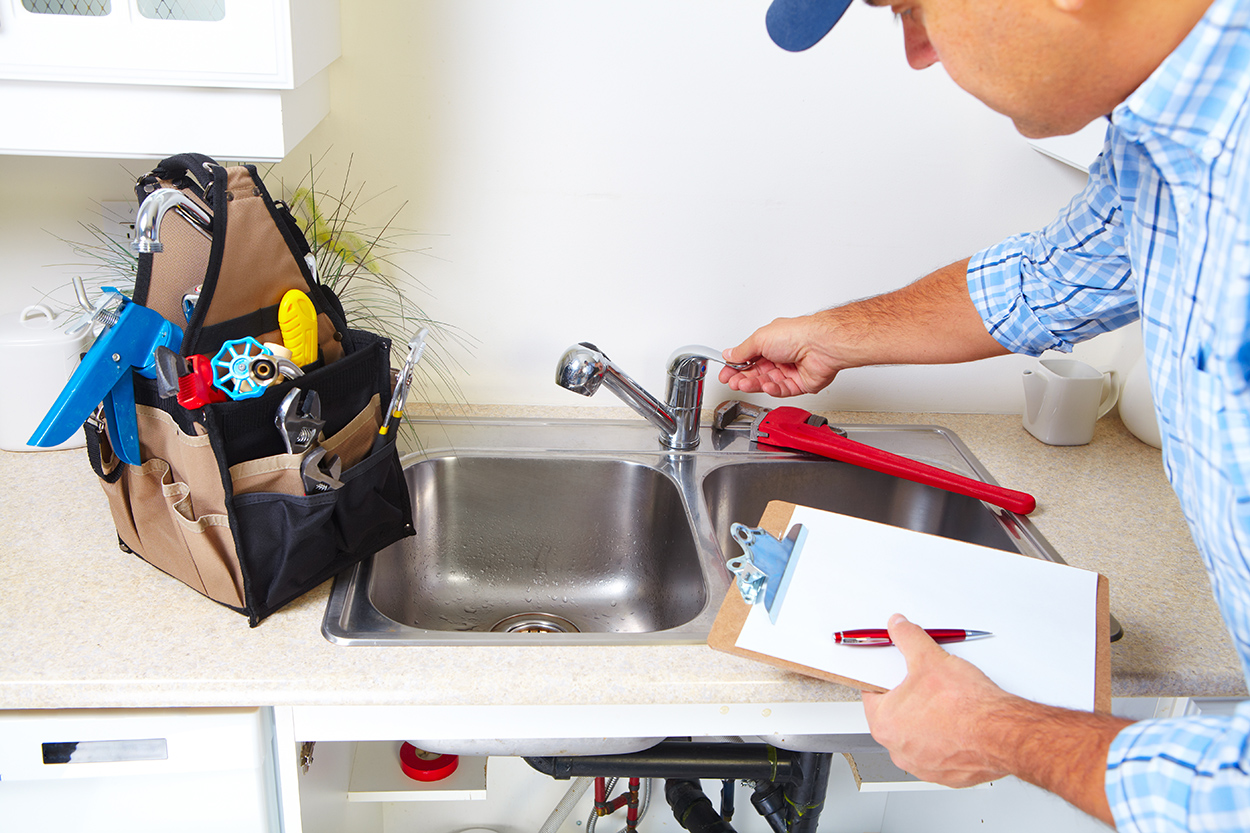
Pipe options for Homes and Businesses
It is important for homeowners and businesses to gain an understanding of the elements and materials which make up the plumbing system which services their premises. There are a variety of different materials used in the construction of plumbing systems, and the composition of your pipes can influence your system’s susceptibility to certain plumbing problems – such as burst pipes, blocked pipes, and leaks or flooding.
This page seeks to inform the home or business owner about some of the material options used in your pipes and plumbing systems.
Lead pipes:
These are typically found in buildings with plumbing systems constructed before 1930. Lead was the favoured material for plumbing manufacturers for many centuries due to its malleability, which made it easy to work with. As a matter of fact, the English word plumbing is derived from the Latin word plumbum, which means lead.
Lead pipes were phased out as the link between lead plumbing and lead-related health problems became clear.
If you believe that your premises may have lead pipes, you shouldn’t panic, but definitely plan to have them replaced. Alternatively, you can send water from your system to a lab for analysis. If the lead levels are high, then you have cause for concern and immediate action is required.
Copper:
Copper pipes are among the most popular plumbing materials, and have been since the 1960s. During the second half of the 20th century, the price of copper was low. In conjunction with its excellent workability, durability, and lightness, copper found itself in the pipes of most buildings built during this period.
Since the turn of the 21st century, copper prices have risen dramatically. This means that many newer buildings do not have copper pipes. There is also concern about the lead solder used to join copper pipes. If you have booked a service with our expert plumbers, or have requested our 24 hour emergency plumber service, we will be able to tell you if there is any cause for concern in your home’s plumbing materials.
Steel:
Galvanised steel first became popular in pipe construction when lead stopped being used. Steep pipes are heavy duty, and are often found in larger systems. Steel lasts a long time, but is susceptible to rust – which reduces water quality and leads to blocked pipes and drains, leaks and burst pipes.
Copper was traditionally more popular than steel in making pipes, due to steel’s high cost and weight. However, with the surge in copper prices over the last two decades, steel has become a common choice along with PEX.
PVC:
PVC and other plastic pipes became a common replacement for metal pipes beginning in the 1970s. PVC is only suitable for cold water, but other plastics such as PP or CPVC can be used for hot or cold water. These pipes are less flexible and durable than PEX, but they are cheaper.
PEX:
Over the last 20 years, cross-linked polyethylene (PEX) pipes have come to dominate the market in terms of popularity. They are more expensive than other plastic pipes such as PVC, but are flexible, durable, and easy to install. PEX is a good choice of plumbing material due to its flexibility, which minimises the occurrence of burst or leaking pipes.
PEX pipes are not suitable for outdoor plumbing due to the fact that they degrade when exposed to direct sunlight. However, they are the ideal choice for colder climates.
Gaining an understanding of the pipe options available to you, or that may make up your plumbing system, is of great importance should you encounter a plumbing issue such as a blocked drain, burst pipe, or leaking. Our general plumbing service and 24 hour emergency plumber service can inspect your system and inform you of its health and approximate effective life, enabling you to make a more informed decision when choosing what work or maintenance may be required.












